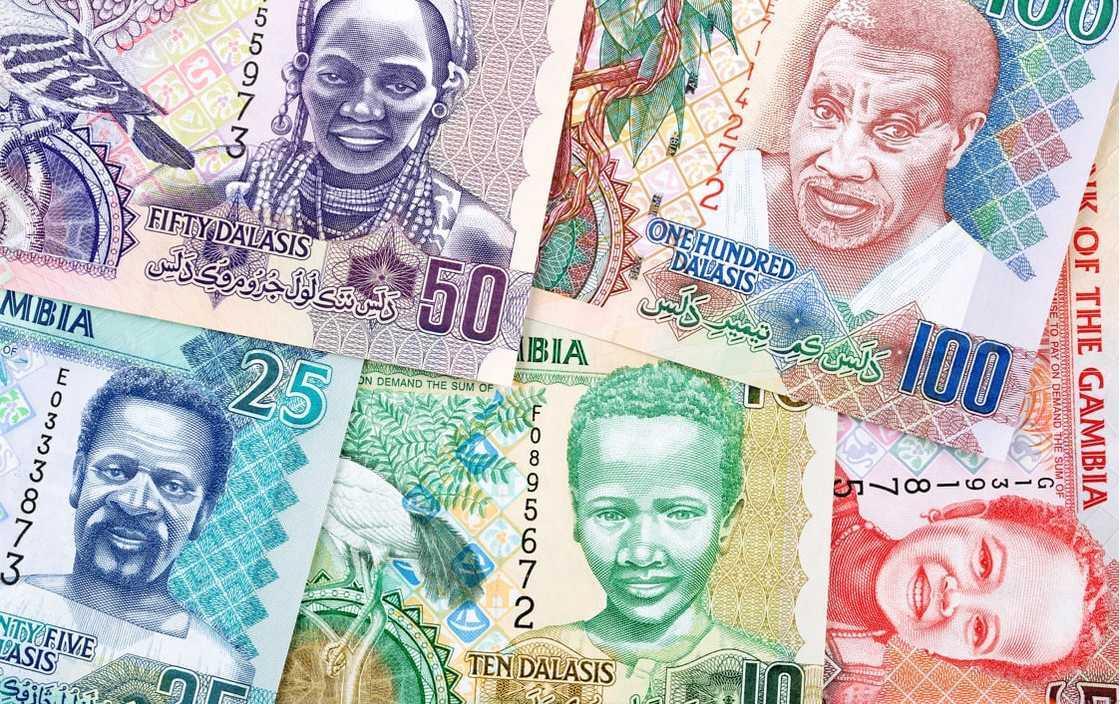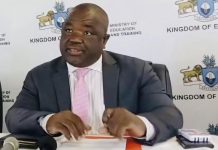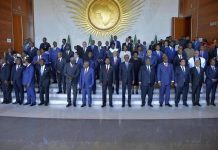Africa-Press – Eswatini. A country with a strong currency would definitely attract investors because of the returns. No doubt Africa is a blessed continent. However, there are many challenges and one of such is inflation. But some countries have managed to stabilise their currency to an extent. Regardless of what you think of Africa, there are currencies regarded as the strongest within the continent.
In this article, I focus on these currencies and their equivalent to the American Dollar.
1. Tunisian Dinar (TND)Tunisian
Dinar is the official currency of the Republic of Tunisia. Dinar is managed by the country’s central bank, “Banque Central de Tunisie” established in 1958. Apart from printing money, the bank is responsible for banking supervision and monetary policy. Tunisia made significant progress economically and politically after the end of French colonial rule. This was when dinar replaced Tunisian franc. TND has now become the strongest and one of the most reliable currencies in Africa. A dollar equals 3.1 in Tunisian dinar.
2. Libyan Dinar (LYD)
Libyan Dinar is the authorised currency of Libya and it’s usually called “jenh” or “jni.” Libya has gone through the experience of using different currencies such as Algerian franc, Egyptian pound and Italian lira — they were used at different times in Libya before the country’s independence. When Libya was part of the Ottoman Empire, the Ottoman piastres were used as medium of exchange. The same case when they were colonised by Italy in 1911 and the Italian lira was adopted. After Libya became independent in 1951, Libyan pound was introduced then changed to LYD in 1971, after establishing a central bank. Currently, 1 US dollar is 4.8 in Libyan Dinar.
3. Moroccan Dirham (MAD)
The Moroccan Dirham is the authorised banknotes of Morocco. “Dirham” is a word derived from an ancient Greek currency called the “drachma”. Before colonisation by the French, Morocco was using copper coins, silver and gold before it changed to Moroccan franc in 1912. Dirham was later circulated in 1960; both in coins and notes. 1 USD is equivalent to 9.9 MAD.
4. Botswana Pula (BWP)
Botswana Pula is the official currency of Botswana. “Pula” means “blessing” or “rain” — it is very significant because of the scarcity of rain in Botswana. As a member of the Rand Monetary Area, Botswana once used South African rand as its currency. In 1976, Pula was introduced to the country; issued and managed by “The Bank of Botswana.” In its early years, it was pegged with U.S dollars; P1 to 1.15 dollars. Currently, a dollar in Pula is 13.6.
5. Seychellois Rupee (SCR)
Seychellois Rupee is the official notes of the Island Nation of Seychelles. This is a country located in East Africa. Rupee was introduced in 1914 during British rule; the country has also once authorised Mauritian Rupee. Money is managed and controlled through “the Central Bank of Seychelles” established in 1979. 1 U.S dollar now is about 13.9 rupees.
6. Eritrean Nakfa (ERN)
Eritrean Nakfa is the only licensed currency in Eritrea. It replaced Ethiopian birr in 1997. But now it is matched with the U.S dollars at a fixed rate of 1 dollar to ERN 15. In order to control counterfeit notes by human traffickers, banknotes were redesigned and the old currency ceased to be a legal tender in 2016. The recent notes were designed by Clarence Holbert and printed by a German printer, Giesecke & Devrient.
7. Ghanaian Cedis (GHC)
Ghanaian Cedis is the official banknotes in Ghana. The word “cedi” means cowry shell in Akan. It was once used as a medium of exchange until the British colonizers came on board and demonetised it. After independence, the country stopped using the British pound and embraced cedi. Despite numerous losses due to inflation, GHC is still one of the strongest currencies in Africa. A dollar equals 15.5 GHC.
8. South African Rand (ZAR)
The South African Rand is the national banknotes of South Africa. “Rand” is a word derived from “Witwatersrand” meaning, “white waters ridge.” Majority of of South Africa’s gold deposits is located in this ridge. ZAR was first produced in 1961 replacing the South African pound. The South African Reserve Bank (SARB), modeled on the Bank of England, is responsible for price stability, the forex market and issuance of the currency. A dollar to Zar is presently 18.2.
9. Zambian Kwacha (ZMW)
Zambian Kwacha is the official notes of the Republic of Zambia controlled by the Bank of Zambia. Kwacha is a Nyanja language that means “dawn.” Zambia was formerly called “Rhodesia” before it became an independent country in 1964. The first Zambian currency was called the Zambian pound; it was circulated alongside the British pound. Eventually, in 1967, Kwacha replaced the pound. A dollar now is 26.4 in Zambian Kwacha.
10. Egyptian Pound (EGP)
The Egyptian Pound is the official currency of Egypt. It was exchanged with the Egyptian piastre in 1834. In 1961, the Central Bank of Egypt became the Arab Republic’s monetary authority — it controlled the production of the Egyptian pound. The EGP was once tied with the British pound, then to U.S dollars. In 2016, the money was floated so that Egypt could receive funding from the International Monetary Fund (IMF). Currently, 1 USD is 48.5 in EGP.
For More News And Analysis About Eswatini Follow Africa-Press







